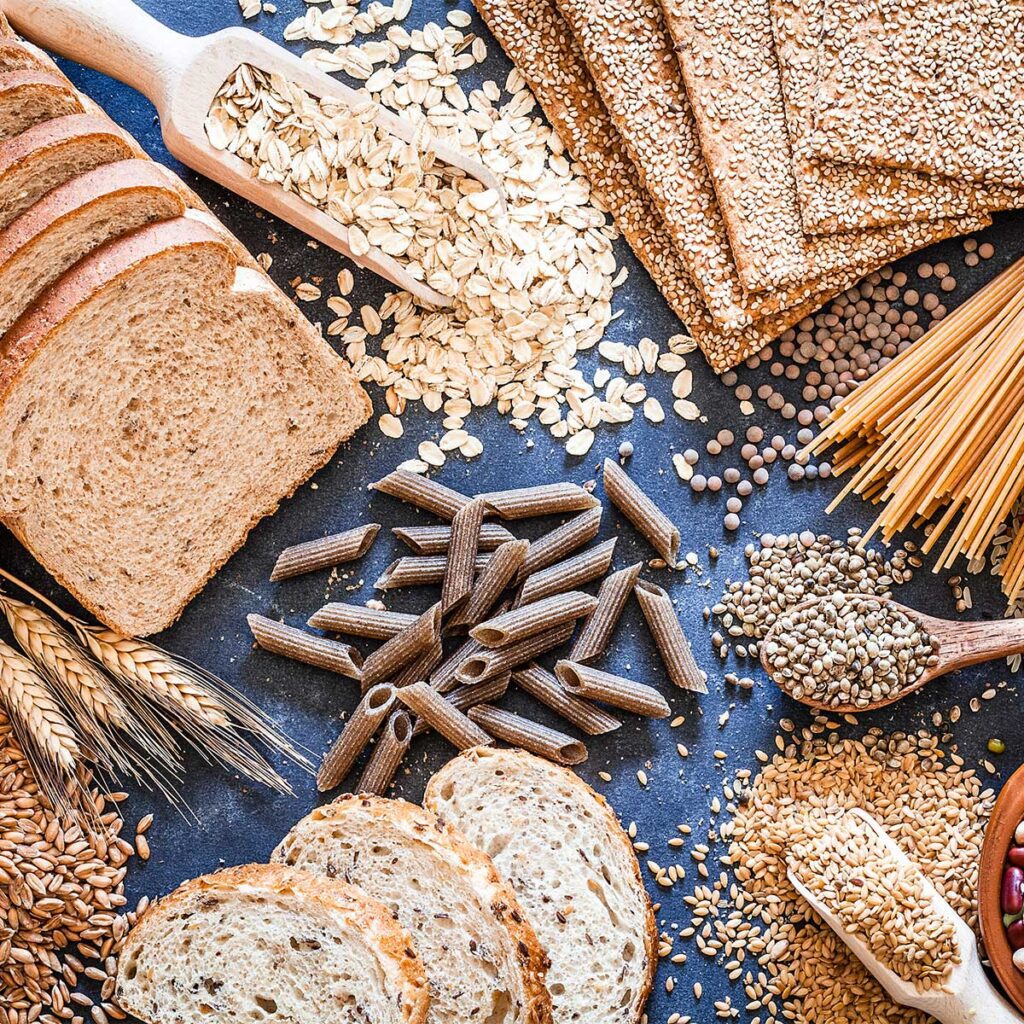All dietary fibers are either soluble or insoluble; soluble fiber dissolves in water, insoluble fiber does not. To some degree, these differences determine how each fiber functions in the body and benefits your health.
Soluble fibers attract water and form a gel, which slows down digestion. Soluble fiber delays the emptying of your stomach and makes you feel full, which helps control weight. Sources include oatmeal, apples, oranges, pears, oat bran, strawberries, nuts, beans, dried peas, blueberries, cucumbers, celery, and carrots.
Insoluble fibers are considered gut-healthy fiber because they have a laxative effect and add bulk to the diet, helping prevent constipation. Sources of insoluble fiber include whole wheat, whole grains, seeds, nuts, couscous, brown rice, bulgur, zucchini, celery, broccoli, cabbage, onions, tomatoes, carrots, cucumbers, green beans, and dark leafy vegetables.
Source: WebMD


